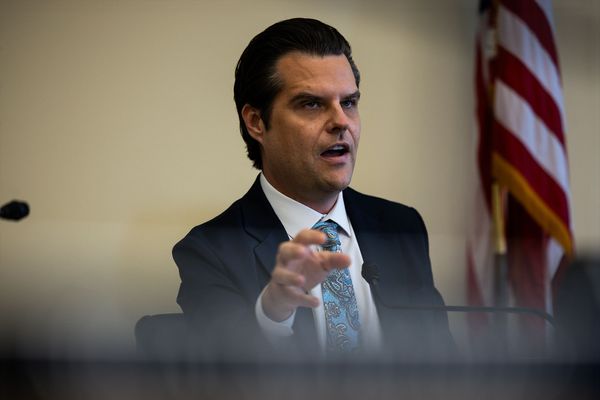
The rapidly changing nature of Australia’s workforce is an issue policymakers and the economic commentariat are going to have to get their heads around — especially the way it will confound their textbook-based models of How Things Should Be.
Exhibit A: Australia’s health and care workforce — health, aged and disability care, childcare — grew by 29% between May 2019 and May 2023, according to the Australian Bureau of Statistics’ most recent quarterly employment data. In the same period, the overall workforce grew by 9%. Plainly that period covers a pandemic that drove huge demand for the health and aged care workforce, but the sector grew by more than 6% between May 2022 and May 2023 alone.
How does that compare with other large employment sectors? In the four years to May, manufacturing — less than half the size of health and social care — marked time, though it grew strongly in the last year. Construction grew by 12%. Retail grew by just 1.4%, accommodation and food by 3.7% (encompassing the pandemic collapse and recovery), education and public administration both around 10%. Professional services — which became our second-biggest employer during the pandemic — grew by 17%.
Put another way, nearly one-quarter of all additional jobs created in net terms since 2019 were in health and social care. And 27% of jobs created since May 2022 were in that sector.
Health and caring has been our biggest employer since the Rudd years, and we’ve known that it would continue to grow as the population aged and governments pumped more money into hospitals and both residential and aged care. But now more than one in seven people in the workforce — more than 2.1 million people — is in that sector. It is an overwhelmingly female sector — there are more than three women for every man — though male employment grew even more rapidly in the period from 2019 than female employment, aided by the fact that full-time jobs have expanded much more rapidly in the past four years than part-time roles.
Health and care also happens to be the sector in which productivity is most difficult — probably impossible — to measure. Hospital productivity can be measured in terms of bed availability, though not health outcomes. How do you measure a GP’s productivity beyond number of patients seen? What are the productivity indicators for aged care, or childcare?
We’ve focused policy efforts on having more employees per client in those sectors — the very opposite of traditional labour productivity data. Do you want your parents, or your child, at a facility that has the least number of workers possible?
The health and caring productivity challenge is a potent symbol of how Australia’s shift from a manufacturing economy to a services economy has made traditional productivity measurement more difficult, and as health and caring continues to expand, traditional-minded economists and policymakers in Treasury and the Reserve Bank will no doubt continue to express angst over the “productivity crisis” — and, of course, how workers shouldn’t receive any pay rises unless they become more productive.
Oddly enough, however, we haven’t heard a peep from that productivity crowd about the significant rise in remuneration for aged care workers that is now, finally, flowing in, without any of the traditional offsetting productivity gains and efficiency savings that are normally demanded of workers. Is that because it realises how obscene it would be to make such demands? Or because economic commentators and policymakers tend to be older people for whom the challenge of care for elderly parents is a lot more real than for other age groups?
The other challenge relates to the sheer volume of jobs required to be filled in health and social care. If even one in five or six net new jobs — let alone one in four — will be in health and caring, that leaves every other sector fighting over a substantially smaller labour pool. Add in professional services and the continuing growth in education and that’s more than 40% of all new jobs in the past four years. So where are the workers coming from for all the manufacturing that Labor wants Australia to be doing? The only solution is to throw open our borders and welcome even more foreign workers.
In yesterday’s post-meeting statement announcing no change in interest rates, outgoing RBA governor Philip Lowe referred to labour markets still being tight, despite some easing. Lowe, like all traditional-minded economists, is still poised to see wage-price spirals around every corner — so much so that he is blind to the profit-price spirals happening right under his nose. The current labour environment is a challenge to his textbook thinking.
For him and others like him, the coming decades will be a policy nightmare, as populations age, workforces stop growing and start diminishing, and health and caring services demand ever more workers.
You think today’s labour markets are tight? Wait a decade, Phil. Short of a depression, you ain’t seen nothing yet.







